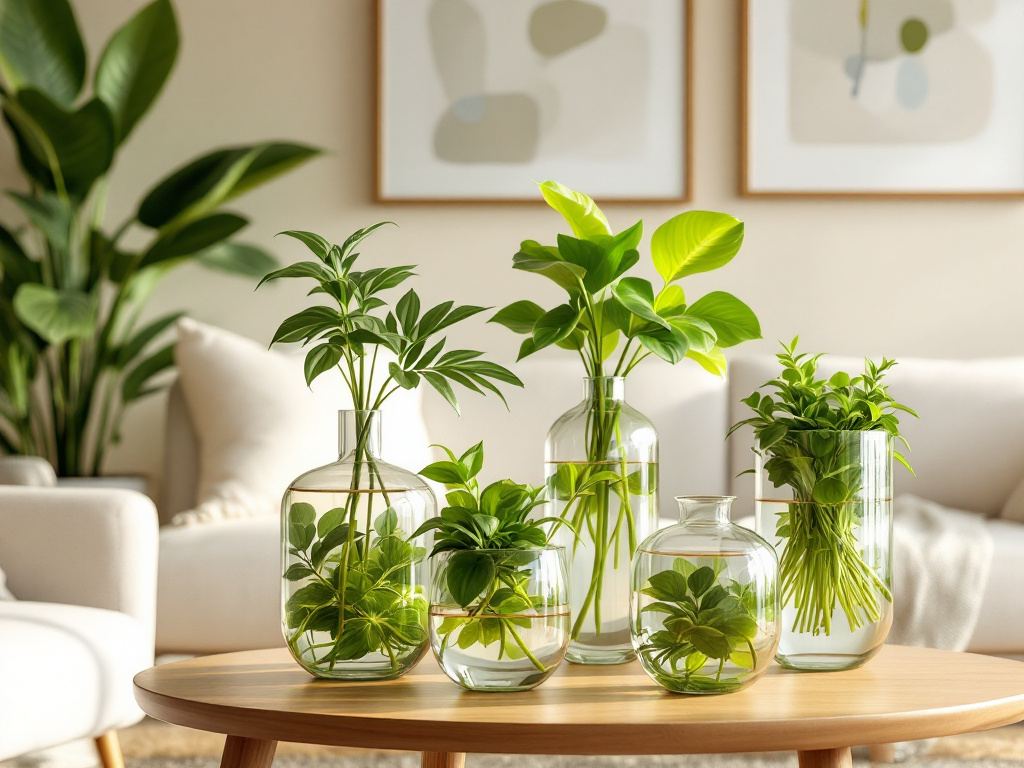
Growing indoor plants in water is a trend that’s gaining popularity for its simplicity and aesthetic appeal. This method, known as water propagation, allows you to cultivate a variety of plants without the need for soil, making it a clean and low-maintenance option for any home. Let’s dive into the world of indoor water gardening and explore the benefits, best practices, and top plant choices for this unique growing method.
Understanding Water Propagation
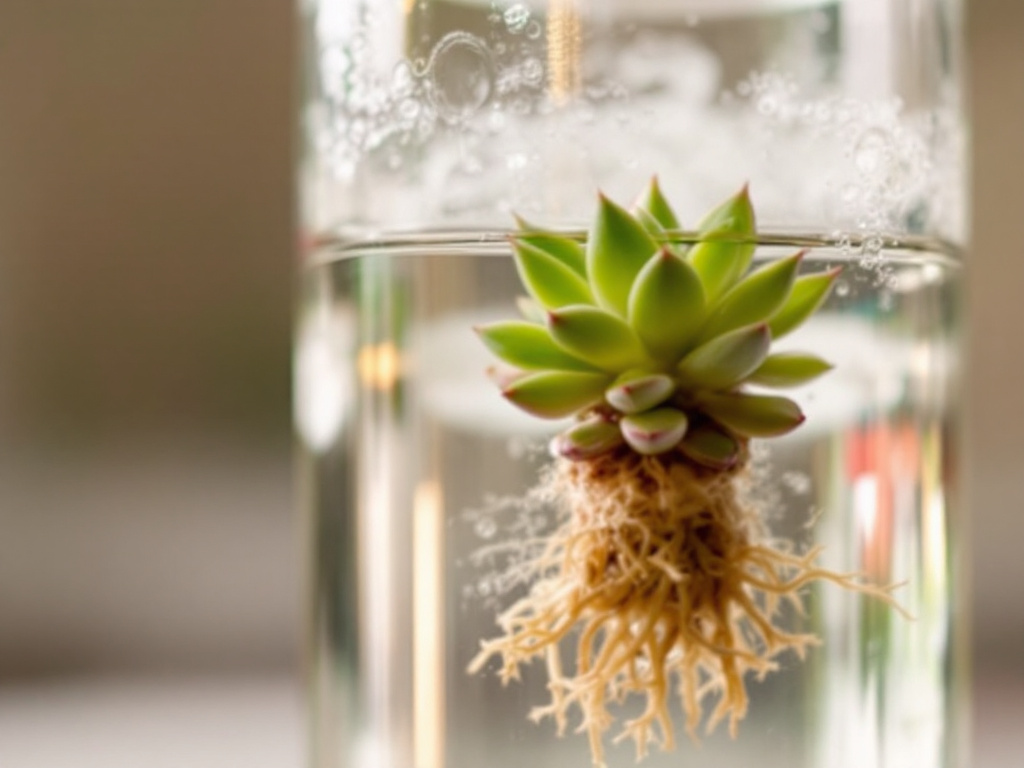
Water propagation is a technique that involves growing plants in water rather than soil. Many indoor plants are genetically programmed to develop roots from small plant pieces soaked in water, a survival adaptation that allows them to thrive in various environments. This method is not only fascinating but also incredibly easy, making it an excellent choice for both beginners and experienced gardeners.
Growing plants in water offers numerous benefits. It’s a low-maintenance option that reduces the risk of pests and diseases, as there’s no soil to harbor unwanted critters. Plus, it’s an eco-friendly way to propagate your favorite plants, allowing you to create new plants from cuttings without spending a dime. For more insights into the advantages of hydroponic gardening, check out this resource on the benefits of hydroponic gardening.
Best Plants to Grow in Water
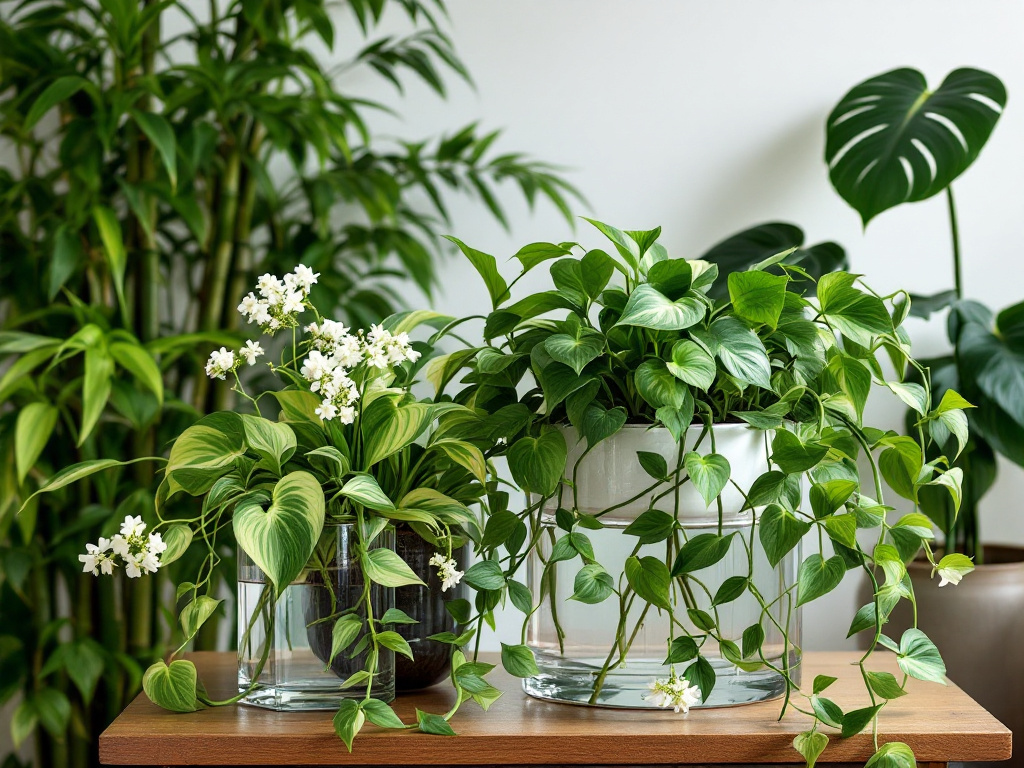
When it comes to choosing the right plants for your indoor water garden, there are plenty of options to consider. Some of the best plants to grow in water include:
- Philodendron: Known for its lush, green leaves, philodendron is an ultra-easy indoor plant that grows well in water. It’s versatile and can be displayed in vases of various colors and sizes.
- Pothos: This hardy and adaptable plant is perfect for water propagation. It requires minimal light and attention, making it an excellent choice for beginners.
- Spider Plant: Spider plants produce baby plantlets that can be easily propagated in water. They’re relatively easy to grow and add a touch of greenery to any indoor space.
- Lucky Bamboo: With its hardy stalks, lucky bamboo makes a great living centerpiece that requires no soil. It can be grown easily in water and adds an ornamental touch to your home.
- Peace Lily: Peace lilies can be grown in narrow vases, adding elegance to your indoor water garden. They’re known for their beautiful white flowers and lush green leaves.
For creative plant display ideas and inspiration, visit Plantify.
How to Get Started
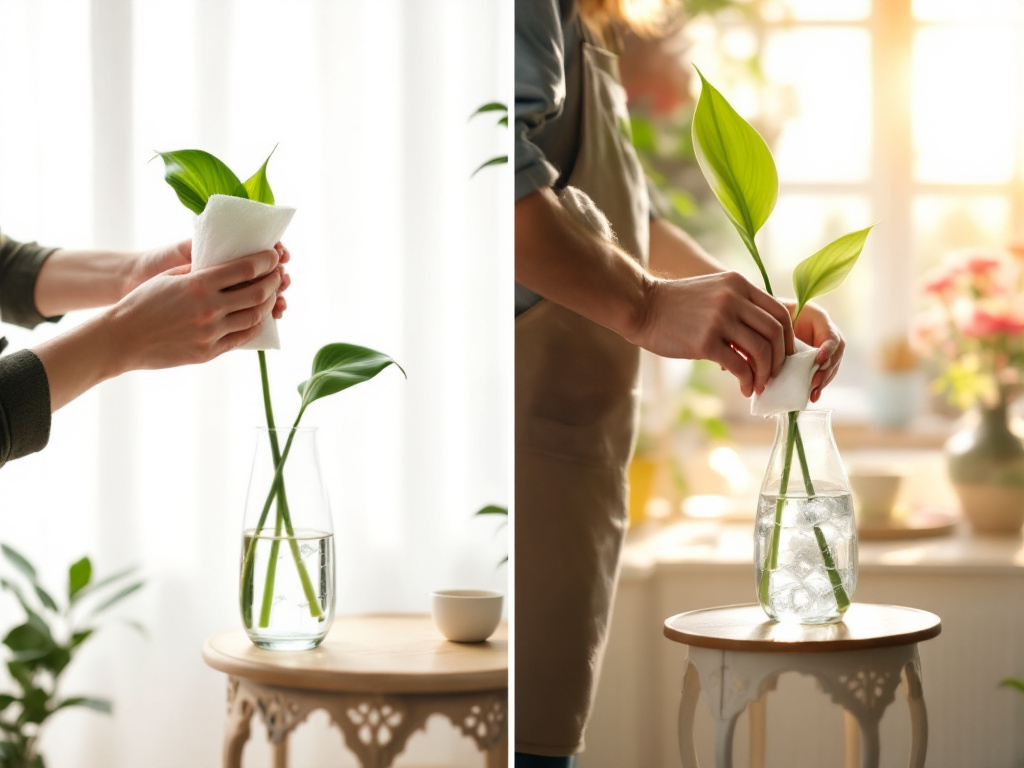
Getting started with indoor water gardening is easy. Here are the basic steps to follow:
- Choose a plant that’s suitable for water propagation.
- Select a container, such as a glass vase or jar, that’s clean and transparent.
- Fill the container with water, ensuring the plant’s roots are fully submerged.
- Place the container in a well-lit area, but avoid direct sunlight.
- Change the water regularly, about once a week, to prevent bacteria and algae growth.
For more tips on sustainable gardening practices, check out our guide on Sustainable Gardening Using Permaculture Principles.
Care and Maintenance
Caring for your indoor water garden is relatively straightforward. Here are some tips to keep your plants healthy and thriving:
- Use filtered or rainwater, as tap water may contain chlorine that can harm your plants.
- Add a water-soluble fertilizer to provide essential nutrients.
- Place activated charcoal in the bottom of the vessel to help maintain clean, clear water.
- Monitor your plants for signs of pests or diseases, and take action promptly if any issues arise.
Advanced Techniques for Water Propagation
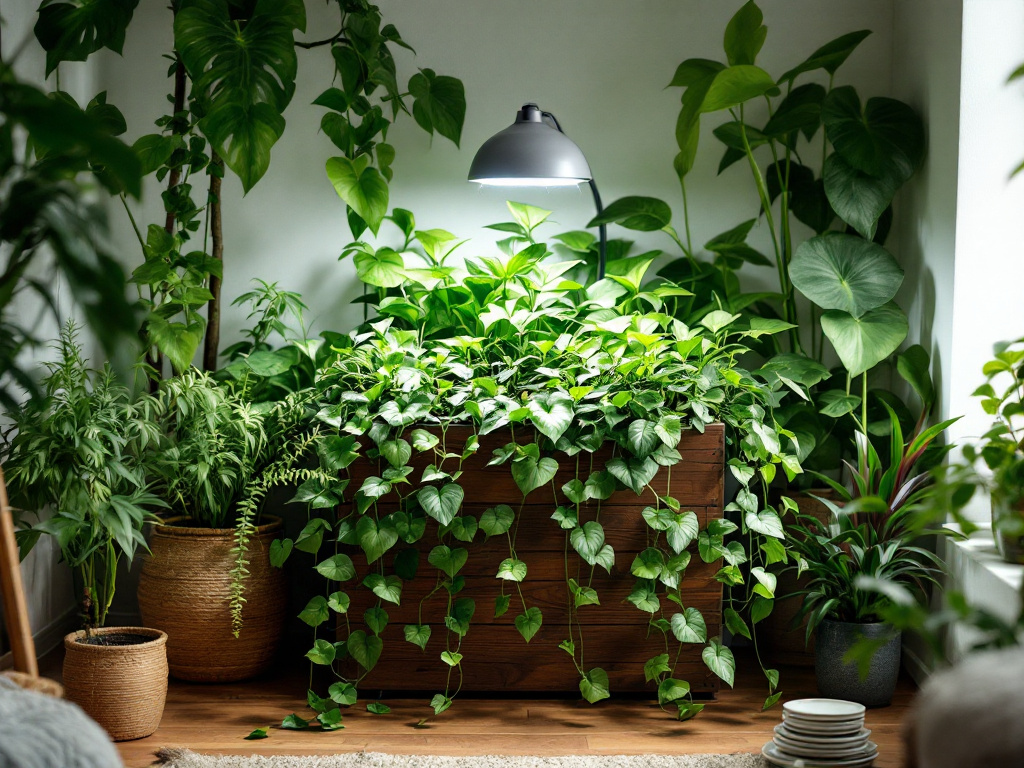
If you’re looking to take your indoor water gardening to the next level, consider these advanced techniques:
- Use a plant propagation station to create a controlled environment for your plants.
- Experiment with different plant varieties and container sizes to find the perfect combination.
- Try adding aquarium bubblers to your water containers to increase oxygen levels and promote root growth.
Common Challenges and Solutions
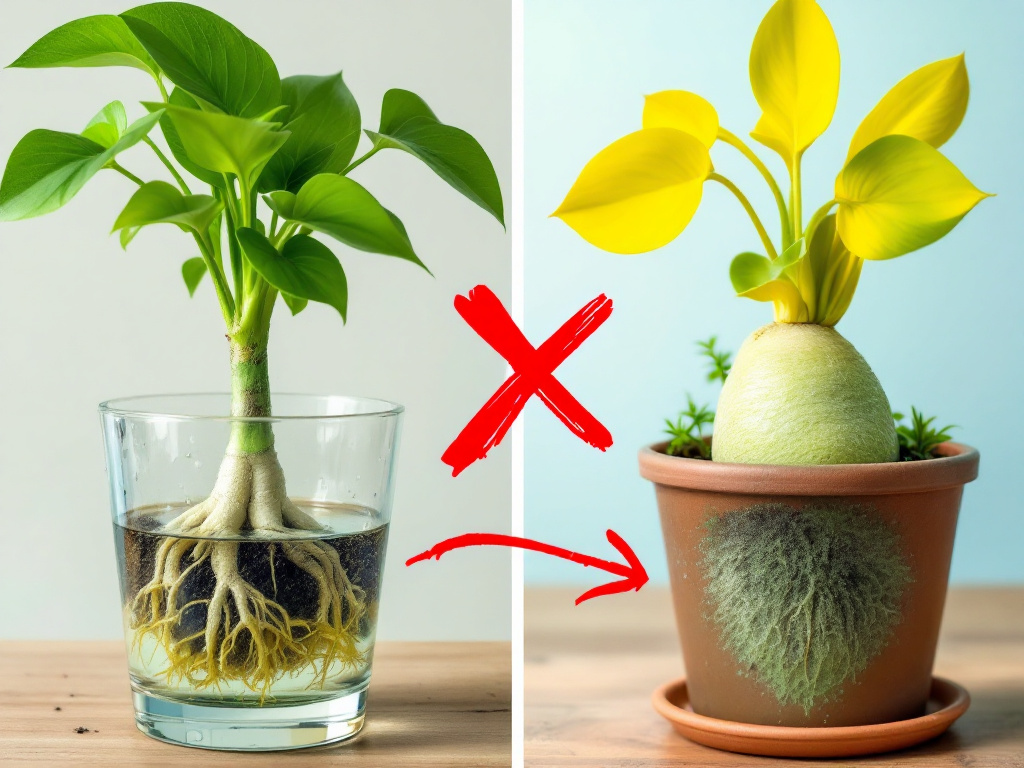
While growing plants in water is relatively easy, there are some common challenges you may encounter. Here’s how to tackle them:
- Algae Growth: To prevent algae growth, ensure your container is clean and change the water regularly. Avoid placing your plants in direct sunlight.
- Root Rot: To prevent root rot, make sure your plant’s roots are fully submerged in water and change the water weekly.
- Slow Growth: If your plant is growing slowly, it may need more light or nutrients. Consider moving it to a brighter location or adding a water-soluble fertilizer.
FAQs
- Can all plants grow in water?
- No, not all plants can thrive in water. Some plants are better suited for soil.
- How often should I change the water?
- It’s recommended to change the water weekly to prevent bacteria and algae growth.
- Can I use tap water for my plants?
- Tap water can be used, but it’s best to let it sit overnight to allow chlorine to dissipate.
- What kind of fertilizer should I use?
- Water-soluble fertilizers are ideal for plants grown in water.
- How do I know if my plant is getting enough light?
- Monitor the plant’s growth and leaf color. If leaves turn yellow or growth slows, it may need more light.
For more garden design ideas, explore our article on Discover the Best Washable Paints and Great Garden Design Ideas.
Conclusion
Growing indoor plants in water is a rewarding and low-maintenance hobby that adds a touch of greenery to your home. With the right techniques and care, you can create a thriving indoor water garden that’s both beautiful and easy to maintain. So, why not give it a try and experience the joys of indoor water gardening for yourself?
This article provides a comprehensive guide to indoor water gardening, covering everything from the basics to advanced techniques. With the right knowledge and care, you can create a stunning indoor water garden that’s both beautiful and easy to maintain. Happy gardening!
For tips on growing plants in small gardens, check out our guide on Tips for Growing Plants in a Small Garden.are, you can create a stunning indoor water garden that’s both beautiful and easy to maintain. Happy gardening!